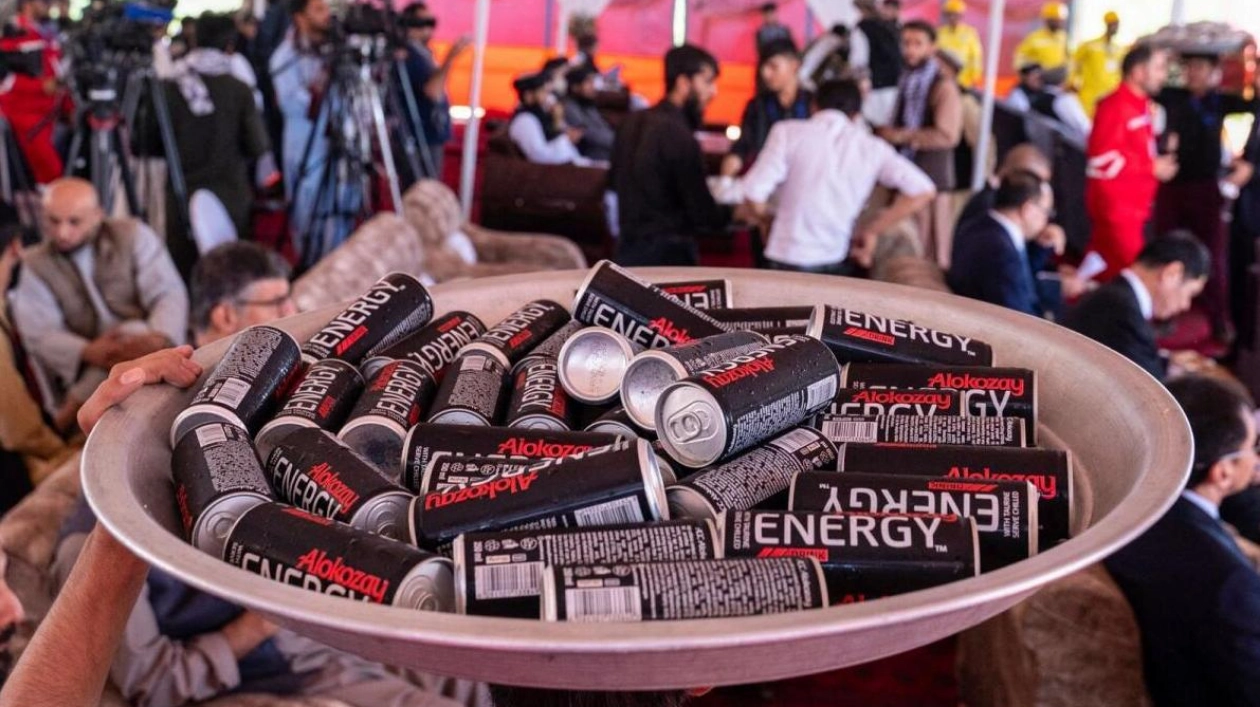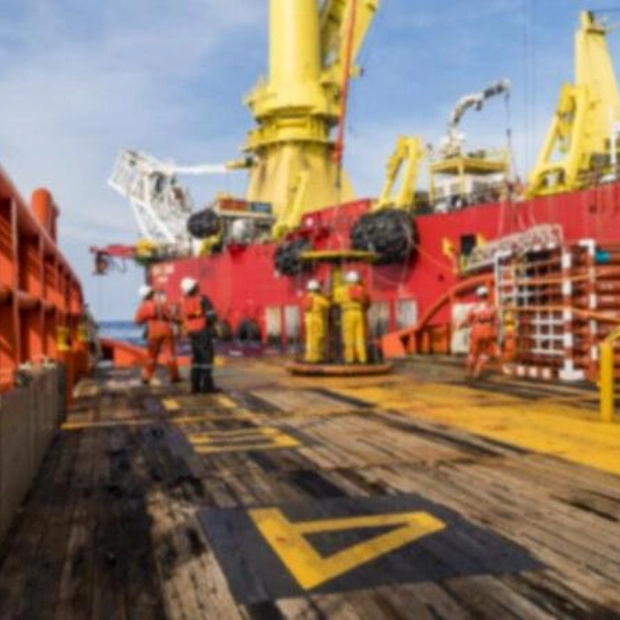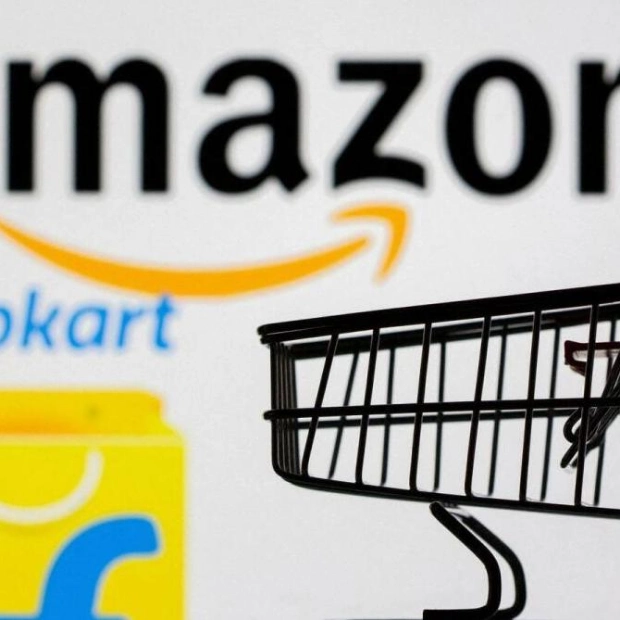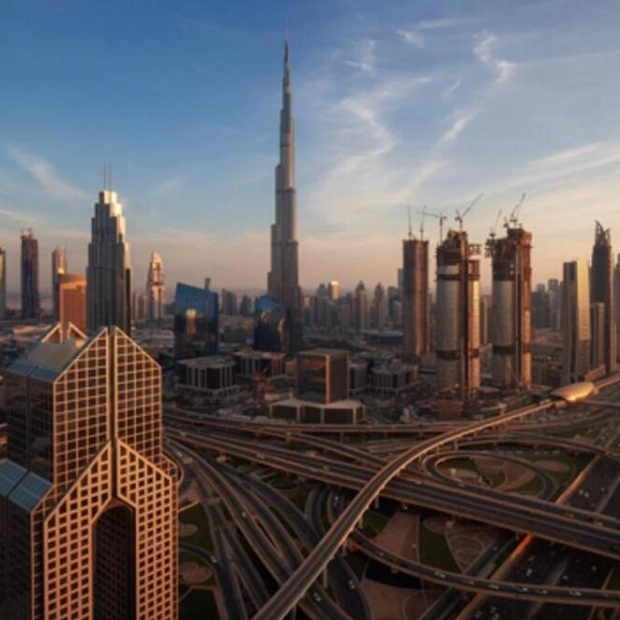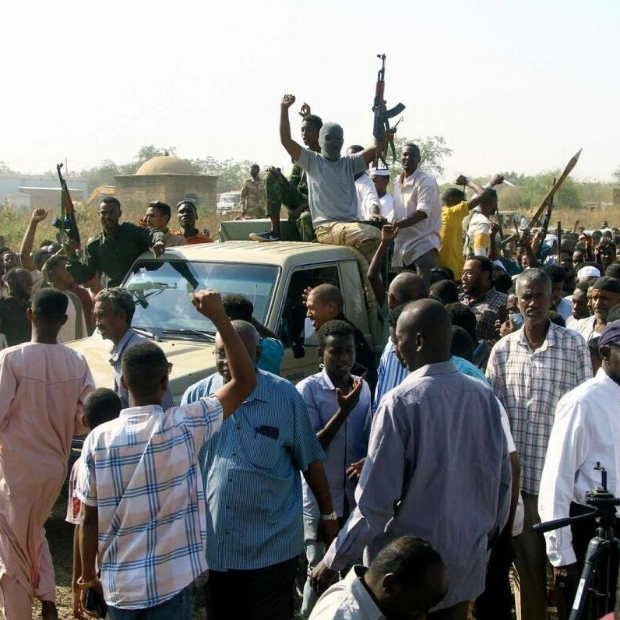In a warehouse located in western Afghanistan, a production line efficiently produces 24 energy drinks per second, catering to a populace eager to escape the daily grind and uplift their spirits. Despite the Taliban government's efforts to eliminate Western influences, the popularity of stimulant drinks, introduced by US soldiers, persists and has even spurred a robust local industry. Alcohol is strictly forbidden in Afghanistan, but caffeine-rich energy drinks are consumed by everyone, from secret police to children, and are prominently advertised on billboards, often overshadowing even Taliban propaganda. Many local brands, such as 'Commando,' 'Attack,' and 'Predator,' reflect the nation's turbulent past.
Milad Ghaznavi, a supermarket employee in Herat, noted that the city's shelves boast 40 varieties of energy drinks. 'It's clear that the youth here face numerous struggles and hardships,' he said. 'Energy drinks have become a habit and a craving for people. They consume anything that provides comfort,' added the 19-year-old, who admitted to being 'addicted' but quit for health reasons. These drinks, high in caffeine and sugar and often more accessible than clean water at roadside stalls, are seen by many Afghans as a dietary supplement due to the widespread food scarcity. According to the World Food Programme, nearly 90% of impoverished Afghans consume inadequate food. Recent data from March shows that 86% of households rely on cheaper, less desirable food, with over a third reducing meal frequency and more than half reducing portion sizes.
Gulzar, a laborer, relies on four cans of 'Hit' daily to fuel his 14-hour workdays. 'We sweat, so when we're tired, we drink energy,' said the 40-year-old, who uses only one name. 'If you don't drink, you're tired, you have a headache, you're weary.' However, consuming that many energy drinks comes with health risks. Gulzar's diet includes over 100 grams of sugar—twice the recommended intake by the World Health Organisation—and a caffeine equivalent to six espressos, which he likens to a smoking habit. Excessive caffeine can lead to high blood pressure, heart palpitations, anxiety, and insomnia, according to the US Food and Drug Administration. Yet, Gulzar feels he has no choice. 'Afghanistan is impoverished,' he said. 'If we had the means, we wouldn't use this.' Local brands cost around 30 Afghani ($0.40), while imported brands like Red Bull and Monster are beyond the reach of most Afghans. The poorest citizens, dependent on dwindling foreign aid, can only afford bread and caffeinated green tea.
Energy drinks were first invented in Japan in 1962 but gained global popularity in the 2000s, becoming a $40 billion industry this year, according to Future Market Insights. In the industrial hub of western Herat, Pamir Cola company claims to produce over a million cans daily. However, Pamir Cola acknowledges its role as a minor player in an industry that produces two cans per day for each of Afghanistan's 40 million citizens. This figure is unverifiable due to the lack of data on Afghan commerce. Workers at the company pour sugar and citric acid into a machine that continuously pumps out product whenever electricity is available. Pamir Cola manufactures to EU standards in an Afghan market largely unregulated. While Red Bull aligns with extreme sports and Monster with motorsports, Zahir Shah Bahaduri, who runs Pamir Cola with his two brothers, understands the local market. 'For Afghans who do hard labor and don't have good food, energy drinks are the best option,' said the 45-year-old. 'I think business is good and will likely improve.' Alongside a Kabul highway, vendors stack energy drinks high as traffic roars by. 'It removes their tiredness,' said 36-year-old Ahmad Gulab, who sometimes sells by the crate. 'It's their joy in life.'
